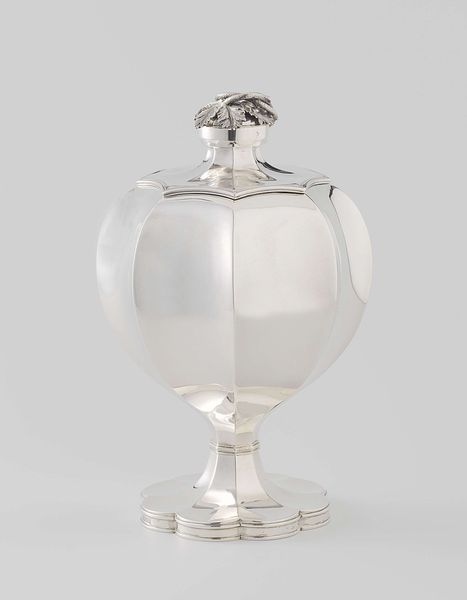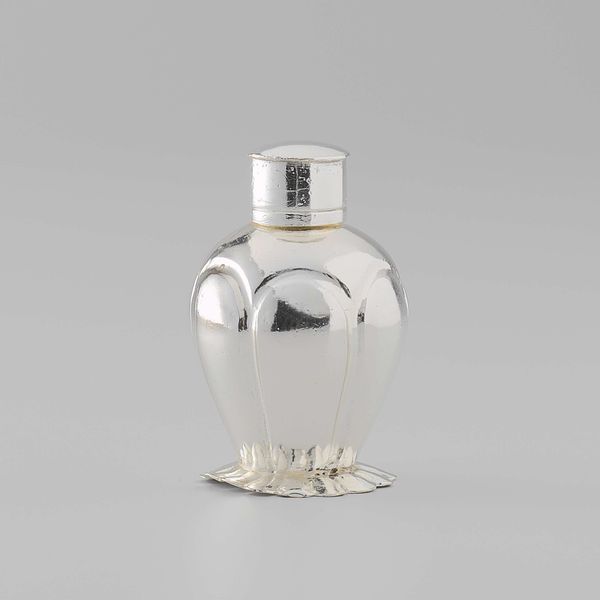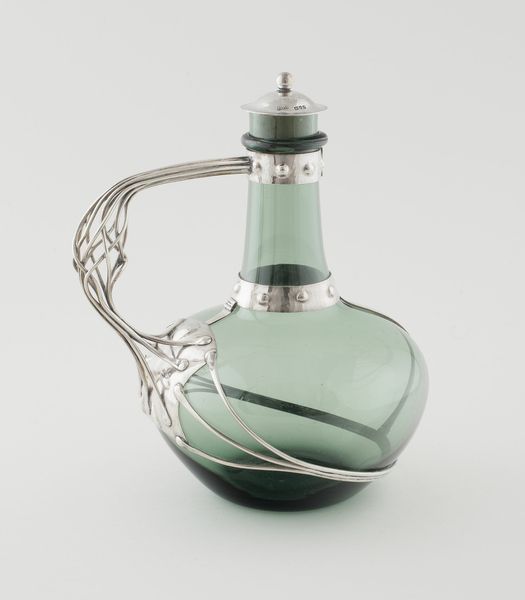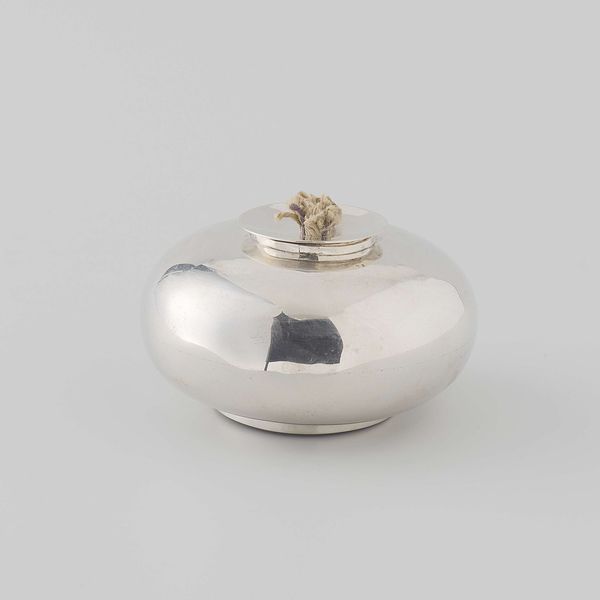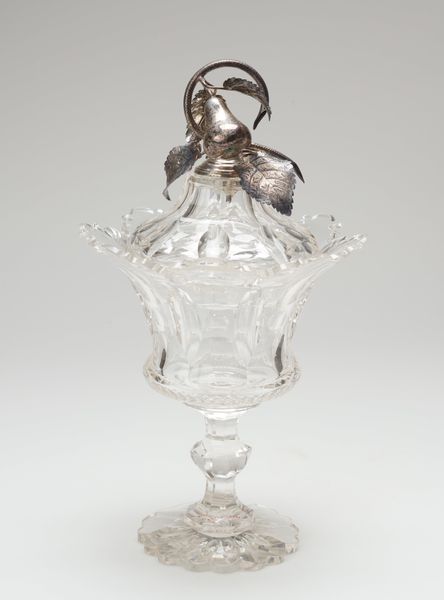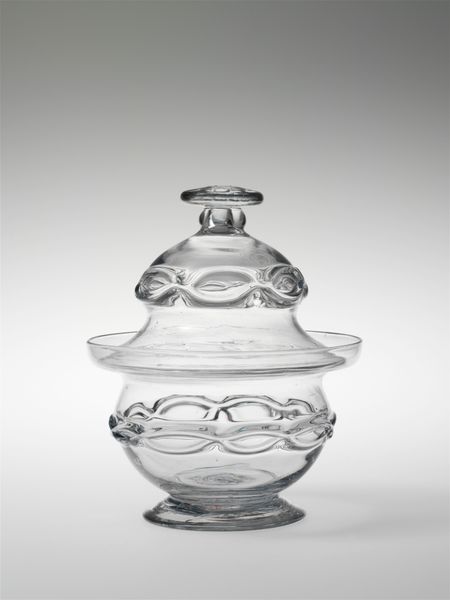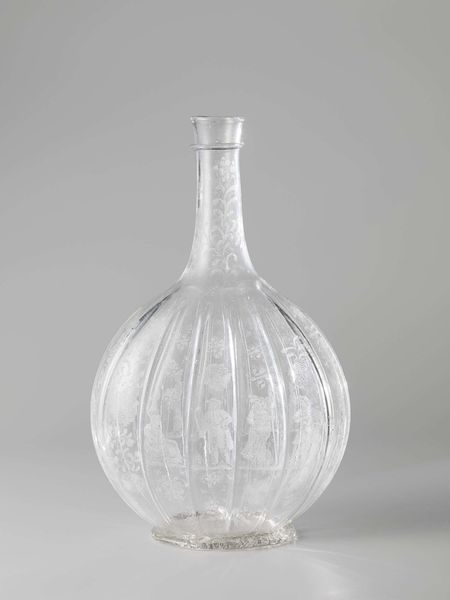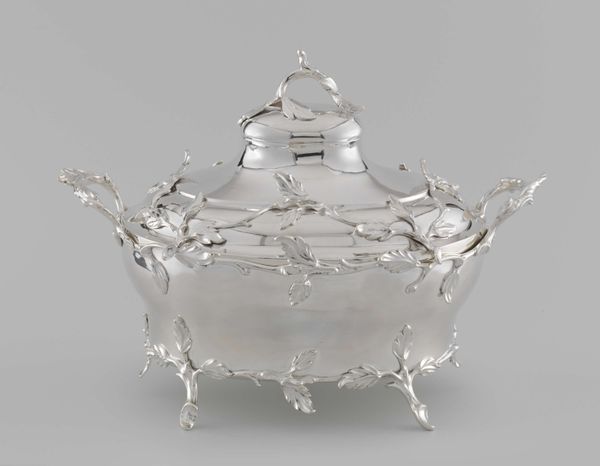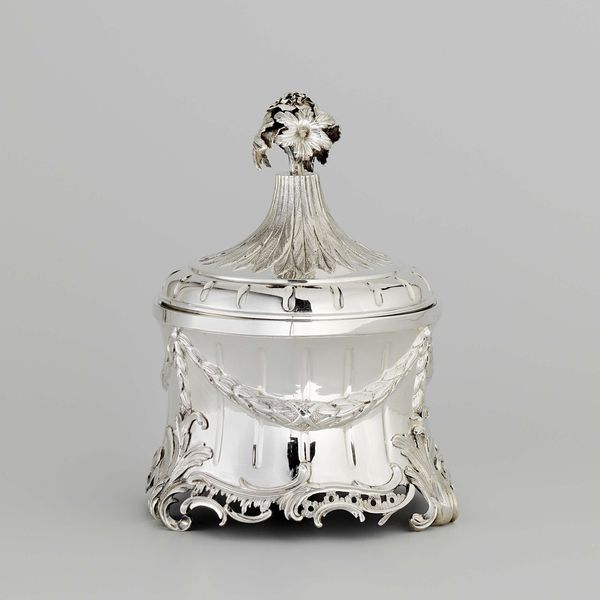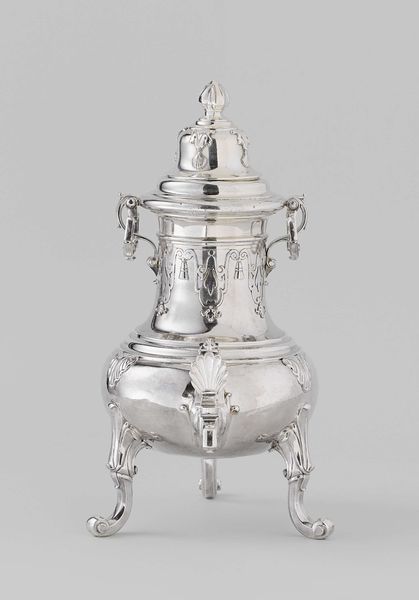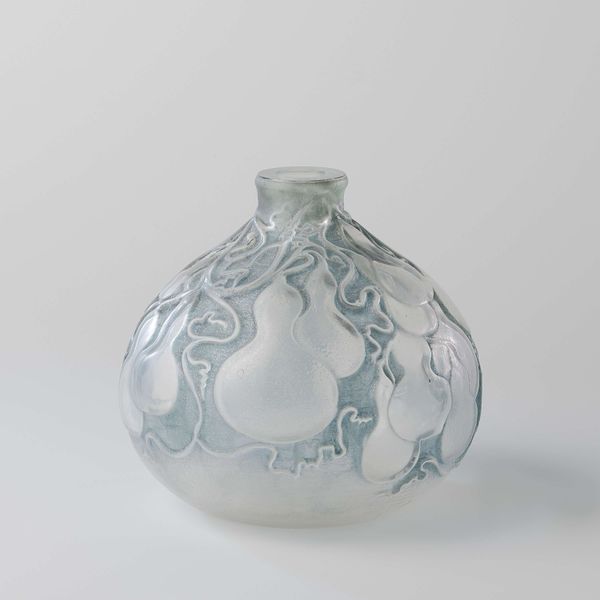
silver, metal
#
silver
#
metal
#
decorative-art
Dimensions: height 25.2 cm, diameter 15.5 cm, weight 1084 gr
Copyright: Rijks Museum: Open Domain
Editor: Here we have a Pair of Chestnut Vases created in 1841 by Fa. As. Bonebakker en Zoon. They're made of silver, a beautiful gleaming metal. They feel quite opulent, almost a commentary on the display of wealth. What are your initial thoughts when looking at these vases? Curator: These vases immediately bring to mind the social hierarchies of the 19th century. Silverware like this wasn't just functional; it was a potent symbol of status, a declaration of belonging to the elite. Consider the time these were made – the Industrial Revolution was transforming society, creating both immense wealth and widespread poverty. Do you see them as celebrating affluence or perhaps even inadvertently commenting on the growing disparities? Editor: I see your point. It's interesting to consider that while these vases signify wealth, the very process of creating them likely involved the labor of many who wouldn't have had access to such luxury. The level of craftsmanship feels almost…exploitative, when viewed through that lens. Curator: Exactly! And that craftsmanship itself speaks volumes. The elaborate detailing, the perfectly polished surfaces – these demanded skilled labor, time, and resources. Ask yourself: who benefitted from this display of artistry, and who paid the price, perhaps invisibly? Think about how gender and race might intersect with those questions. Whose hands were actually forming these pieces? Editor: That’s really given me a different perspective. I originally saw them as simply beautiful objects, but now I see them as complex symbols tied to broader societal issues. I'll definitely remember to look beyond the surface when assessing art. Curator: It’s vital to examine the context – the who, what, where, and why – to understand the complete narrative woven into an artwork. Keep questioning and looking beyond that surface.
Comments
No comments
Be the first to comment and join the conversation on the ultimate creative platform.
